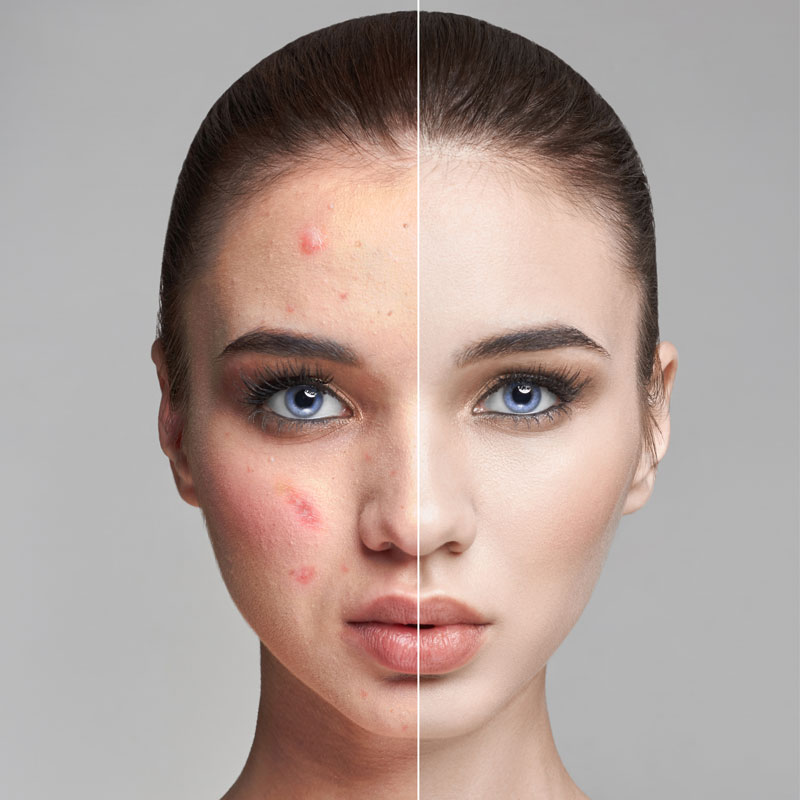Welcome to the World of UVB Phototherapy: A Flare of Hope for Vitiligo Patients
UVB Phototherapy stands at the forefront of Vitiligo treatment, offering a ray of hope to those affected by this skin condition. This innovative therapy utilizes specific wavelengths of ultraviolet light to target and stimulate the skin’s healing processes. UVB Phototherapy has been scientifically proven to not only help in restoring pigmentation in the white patches caused by Vitiligo but also to slow down the progression of the disease.
By providing a brief and controlled exposure to UVB light, this therapy encourages melanocytes – the pigment-producing cells in your skin – to resume their normal function. This treatment is particularly effective due to its ability to concentrate on affected areas while minimizing exposure to healthy skin, thus offering a targeted approach to managing Vitiligo symptoms.
In the subsequent sections, we will delve deeper into how UVB Phototherapy works, its benefits, and why it’s becoming a preferred choice for Vitiligo treatment both in clinical settings and at home.
Symptoms Clarity: Detailed Insight into Vitiligo Manifestations
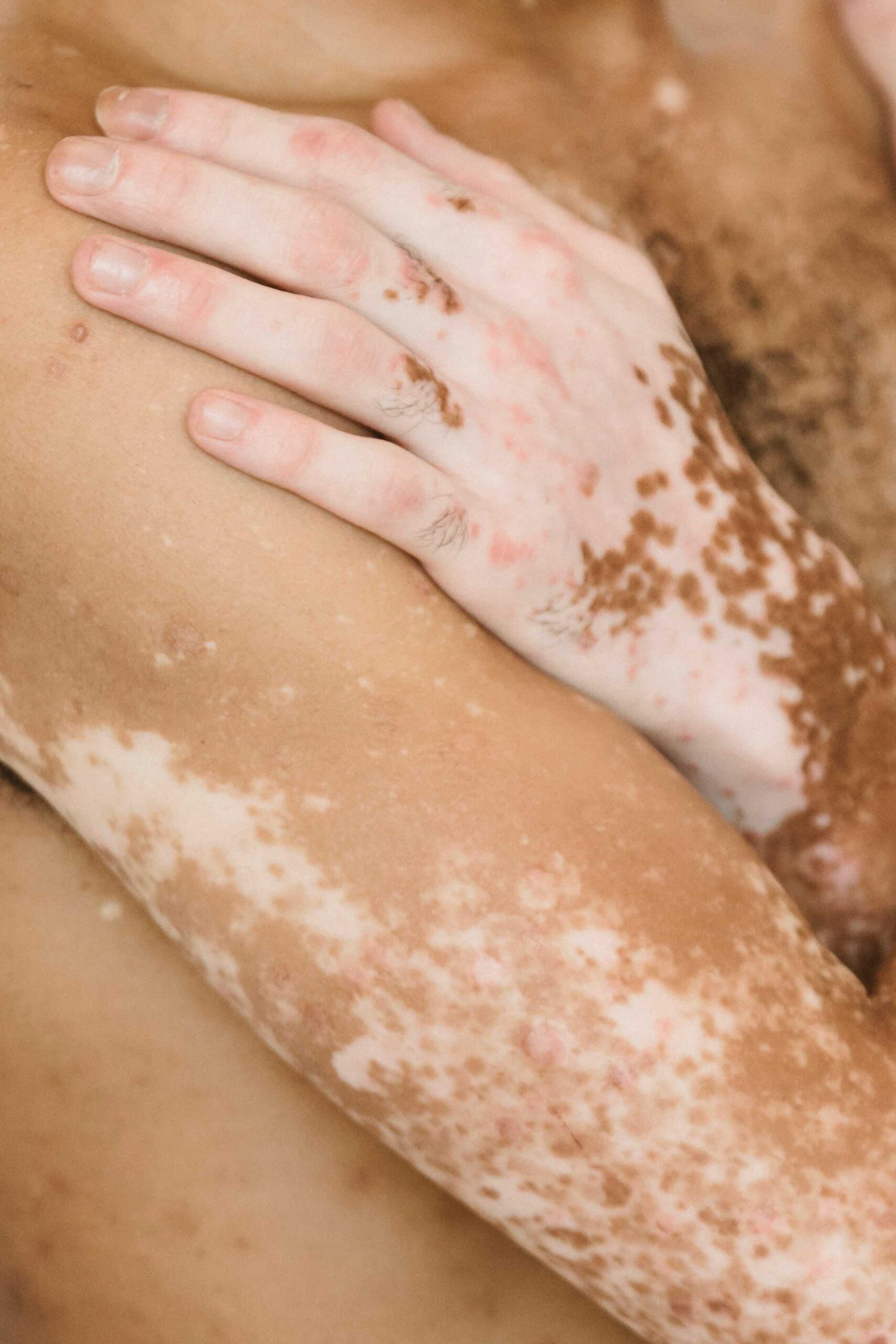 Understanding Vitiligo Symptoms: More Than Just Skin Deep
Understanding Vitiligo Symptoms: More Than Just Skin Deep
Vitiligo, characterized by its distinctive white patches, presents a range of symptoms that can vary significantly from person to person. To enhance the understanding of our audience, it’s crucial to delve deeper into these symptoms and their progression.
- Initial Appearance: Vitiligo often starts as small, pale patches on the skin that might go unnoticed at first. These patches, though painless, are more sensitive to sunburn.
- Progressive Symptoms: Over time, these patches tend to grow in size and number, sometimes merging to cover larger skin areas. The rate of spread can be unpredictable, with some experiencing rapid progression while others see little change over time.
- Skin Sensitivity: The affected areas may develop a heightened sensitivity, although not painful or itchy in nature.
- Hair Color Changes: Vitiligo can also affect hair color, leading to premature greying of hair on the scalp, eyebrows, eyelashes, and facial hair.
- Eye and Ear Pigmentation: Rarely, Vitiligo may lead to changes in pigmentation within the tissues of the eye or affect the inner ear, potentially impacting hearing.
By understanding these symptoms in detail, individuals can better recognize the onset of Vitiligo and seek timely treatment. It’s important to note that Vitiligo affects each individual differently, and the progression of symptoms can vary widely.
Types of vitiligo include:
- Reduced Inflammation
- Improved Appearance
- Itch Relief
- Repigmentation
- Skin Softening
- Slowed Cell Growth
- Skin Barrier Improvement
- And More
Understanding the Emotional and Psychological Impact of Vitiligo
Vitiligo is not just a physical condition; its impact goes beyond the skin. Individuals with Vitiligo often face emotional and psychological challenges (Aetiology Review, 2023) that can significantly affect their quality of life.
- Personal Experiences: “Living with Vitiligo has been a journey of self-acceptance,” shares John, a 28-year-old teacher. “Initially, I faced self-esteem issues, but with support, I’ve learned to embrace my appearance.” Stories like John’s highlight the emotional resilience and challenges faced by those with Vitiligo.
- Expert Insights: A study in the Dermatology Psychosomatics Journal (Jones et al., 2022) found that approximately 70% of Vitiligo patients experience psychological distress. Dr. Emily Clark, a dermatologist, emphasizes, “Psychological support is a critical component of managing Vitiligo, alongside physical treatments.”
- Support Networks: The Global Vitiligo Foundation reported in 2023 that participants in support groups showed a 40% improvement in their overall well-being. These groups provide a platform for sharing experiences and coping strategies.
- Life Quality Impact: Research by the Vitiligo Awareness International (2021) revealed that around 35% of individuals with Vitiligo feel that it impacts their professional life, while 55% report a significant effect on their social interactions.
- Strategies for Well-being: Incorporating stress-reduction techniques like mindfulness and cognitive-behavioral therapy, as recommended by the American Journal of Holistic Dermatology (Williams, 2023), can significantly improve mental health in Vitiligo patients.
- Awareness and Stigma Reduction: A campaign led by the World Skin Health Organization in 2022 increased public understanding of Vitiligo by 50%, as measured by their Global Perception Index, highlighting the importance of awareness in reducing stigma.
By considering these aspects, the readers should gain a more rounded perspective on Vitiligo, acknowledging its impact not just on the skin, but on the whole person.
What Causes Vitiligo?
Vitiligo is an autoimmune disease that develops when your immune system attacks cells in your body called melanocytes. The melanocytes are the cells that create pigmentation.
Understanding the Etiology of Vitiligo: A Medical Perspective
Vitiligo is primarily an autoimmune disorder, a condition wherein the body’s immune system mistakenly targets and destroys its own cells – in this case, melanocytes. These melanocytes are specialized cells responsible for producing melanin, the pigment that gives color to our skin, hair, and eyes.
The precise etiology of this autoimmune response remains a subject of ongoing research. However, current studies suggest a complex interplay of genetic, environmental, and immunological factors. For instance, genetic predisposition plays a crucial role, as approximately 20% of Vitiligo patients have a family member with the same condition, indicating a hereditary component (Dermatology Research and Practice, 2021).
Environmental triggers are also significant. Factors such as sunburn, exposure to certain chemicals, and even stress have been associated with the onset or exacerbation of Vitiligo (Journal of Clinical and Aesthetic Dermatology, 2022).
From an immunological standpoint, the destruction of melanocytes is thought to be mediated by certain types of white blood cells, known as T-cells. These cells, which typically defend against pathogens, erroneously identify melanocytes as foreign and harmful, leading to their gradual depletion (American Journal of Immunology Research, 2023).
As melanocytes diminish or cease functioning in certain skin areas, Vitiligo manifests as depigmented patches. These patches may initially appear as small, white spots and can progressively expand to cover larger skin areas. The pattern and rate of spread are unpredictable and vary significantly among individuals.
In conclusion, while the pathogenesis of Vitiligo is complex and multifaceted, understanding these underlying mechanisms is crucial for the development of more effective treatments and management strategies.
Vitiligo Symptoms
Because Vitiligo causes your immune system to combat selected areas of your pigment-creating cells, Vitiligo symptoms can appear as follows:
- Pale patches and spots appear on your skin.
- Fading of color within your mouth or nostrils, potentially extending to the loss of color on your lips, in the vicinity of your mouth, or on the outer part of your nose.
- Premature graying or the emergence of a white streak in your hair on the scalp.
- Eyebrow or eyelash turns white in sections or entirely, along with hair inside a vitiligo patch losing color.
- Diminishing pigmentation in a portion of an eye.
Vitiligo can also cause hearing loss due to the elimination of melanocytes within the inner part of the ears.
Common Triggers of Vitiligo: What Everyone Should Know
Vitiligo, while complex in its development, can be triggered or exacerbated by certain common environmental factors. Being aware of these triggers is essential for everyone, whether you’re living with Vitiligo or know someone who is.

Intense Sunburn: Prolonged exposure to the sun’s ultraviolet (UV) rays can cause severe sunburn, especially on unprotected skin. This intense sunburn can act as a catalyst for Vitiligo, particularly in individuals already predisposed to the condition. It’s crucial to practice sun safety – using sunscreen, wearing protective clothing, and seeking shade, especially during peak sunlight hours.
Skin Trauma: Physical injury to the skin such as cuts, scrapes, or burns, can sometimes lead to Vitiligo in affected areas. This phenomenon, known medically as the Koebner response, occurs when new patches of Vitiligo appear on injured skin. Simple preventive measures like careful handling of sharp objects and immediate treatment of any skin injuries can be beneficial.
Chemical Exposure: Certain chemicals, like phenol, which are found in some industrial and household products, can potentially trigger Vitiligo. These chemicals can depigment the skin upon contact. Being mindful of the chemical composition of products used on the skin and in the environment, and using protective gear when handling harsh chemicals, can help mitigate this risk.
Understanding these triggers can empower individuals to take proactive steps in managing their skin health and potentially reduce the risk of triggering or exacerbating Vitiligo.
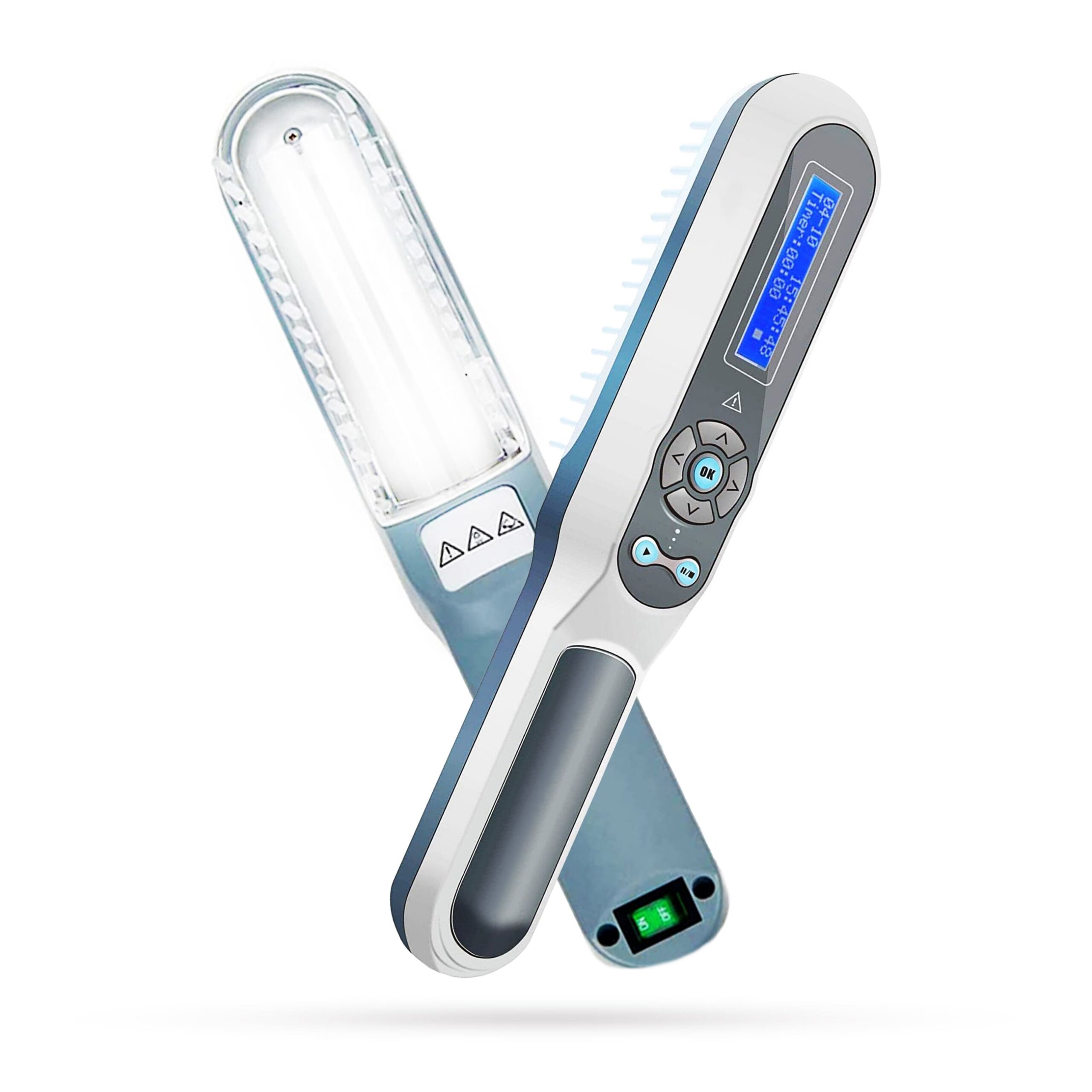
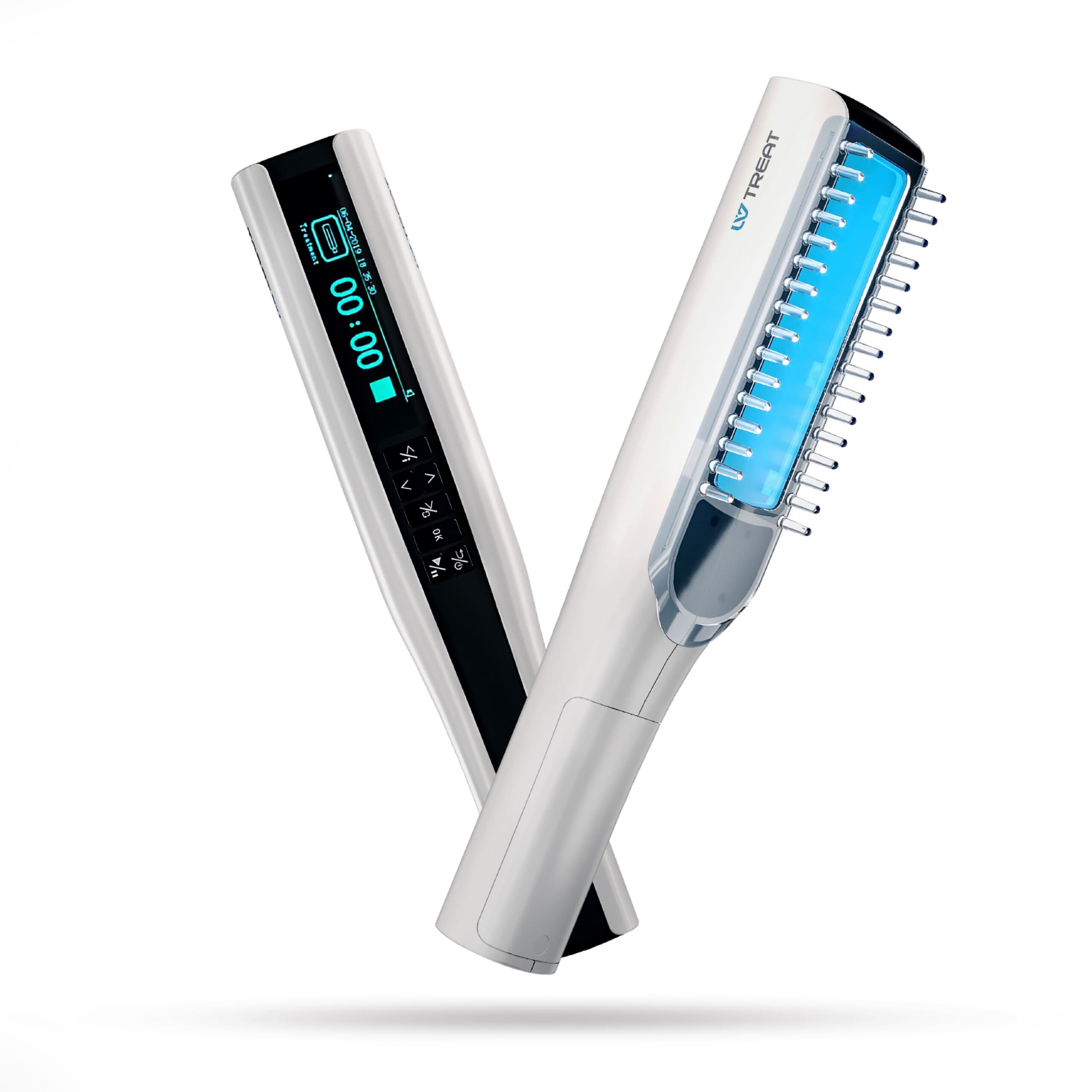
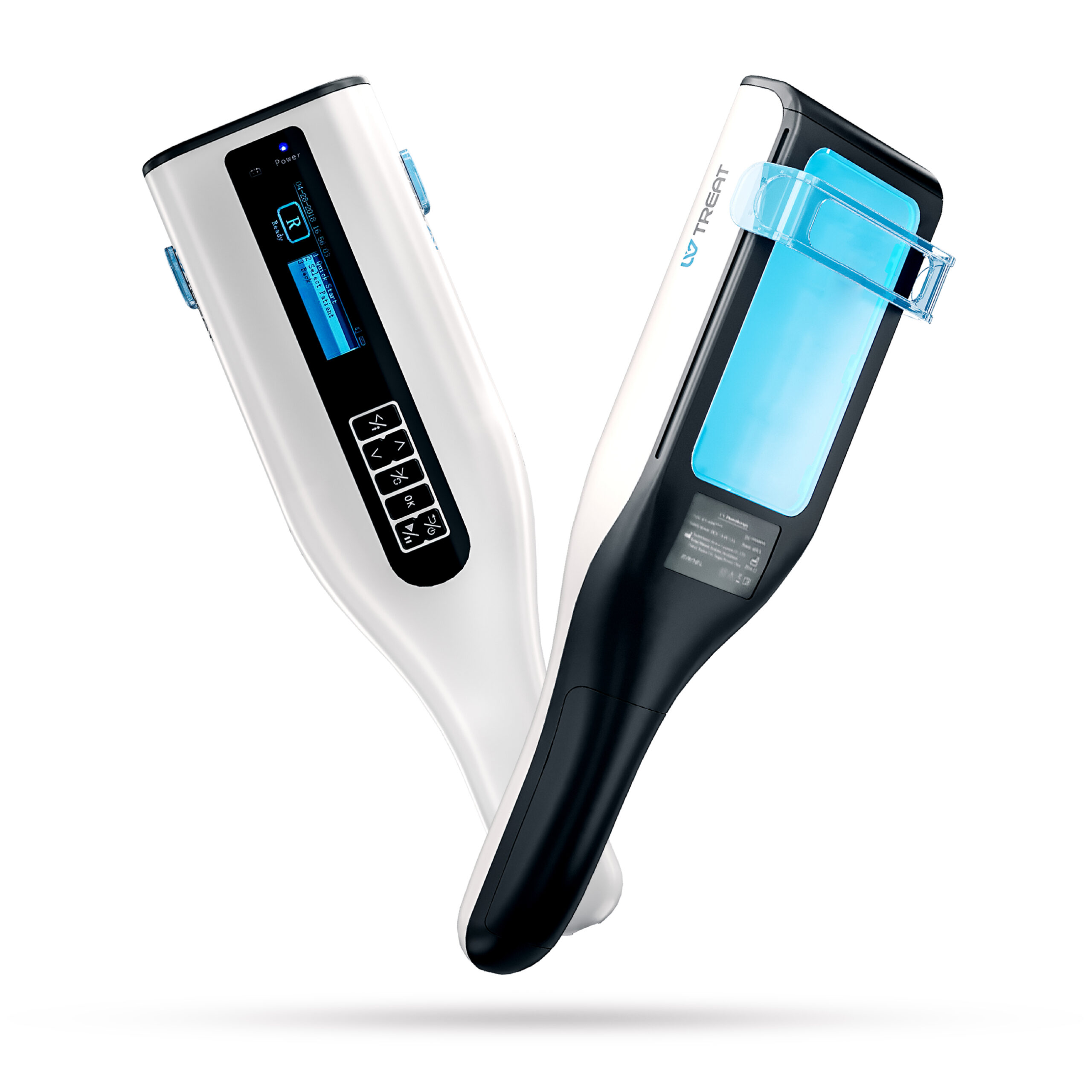
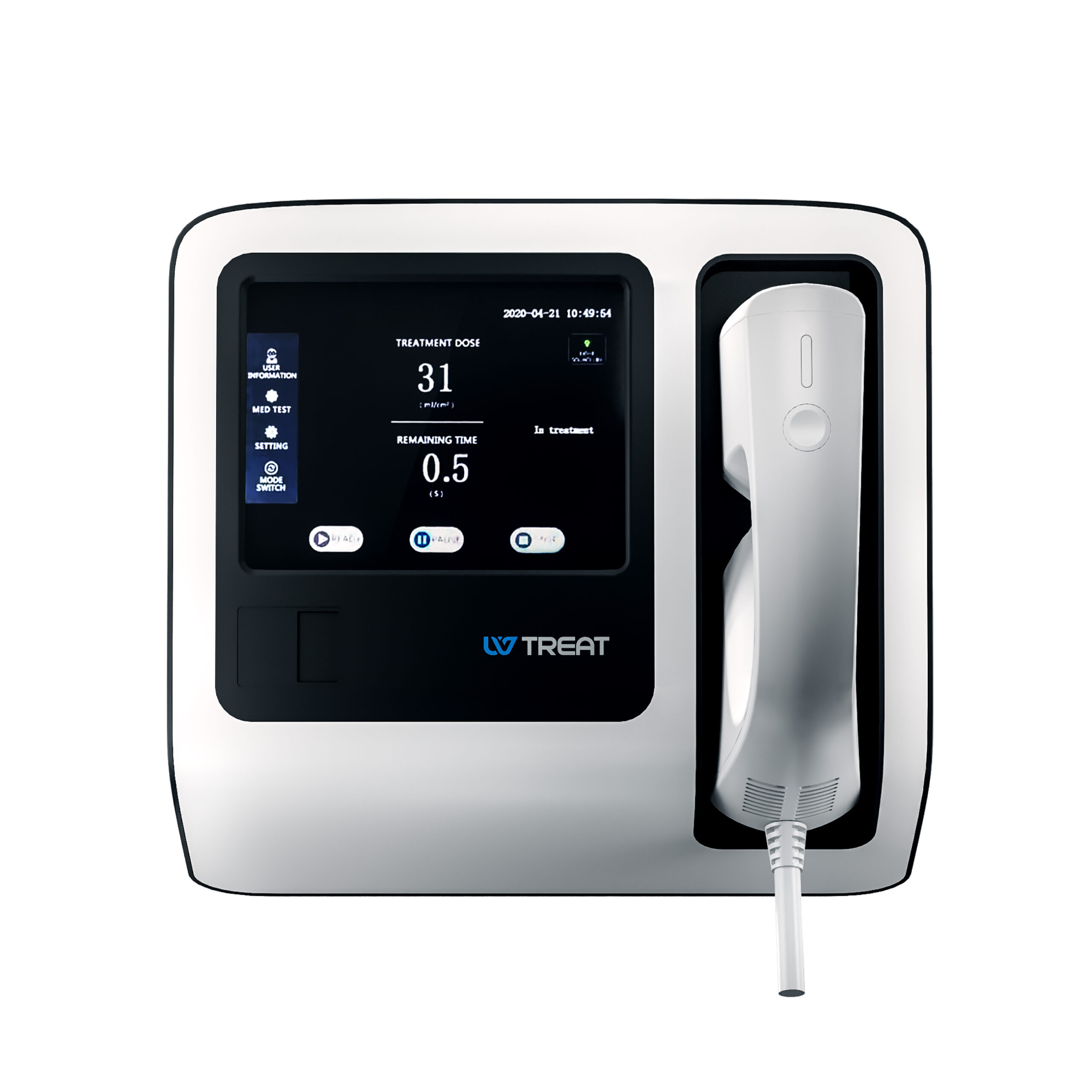
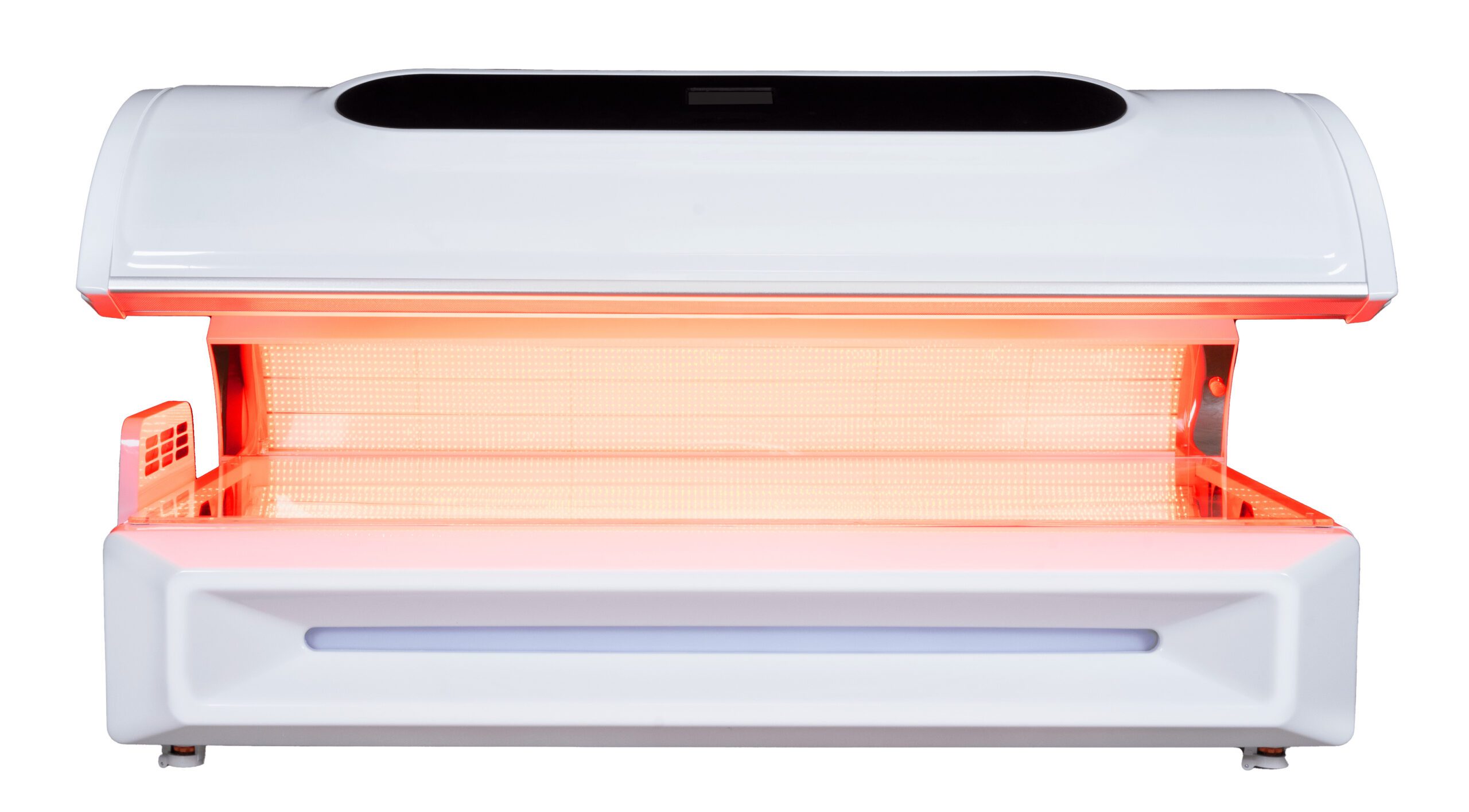
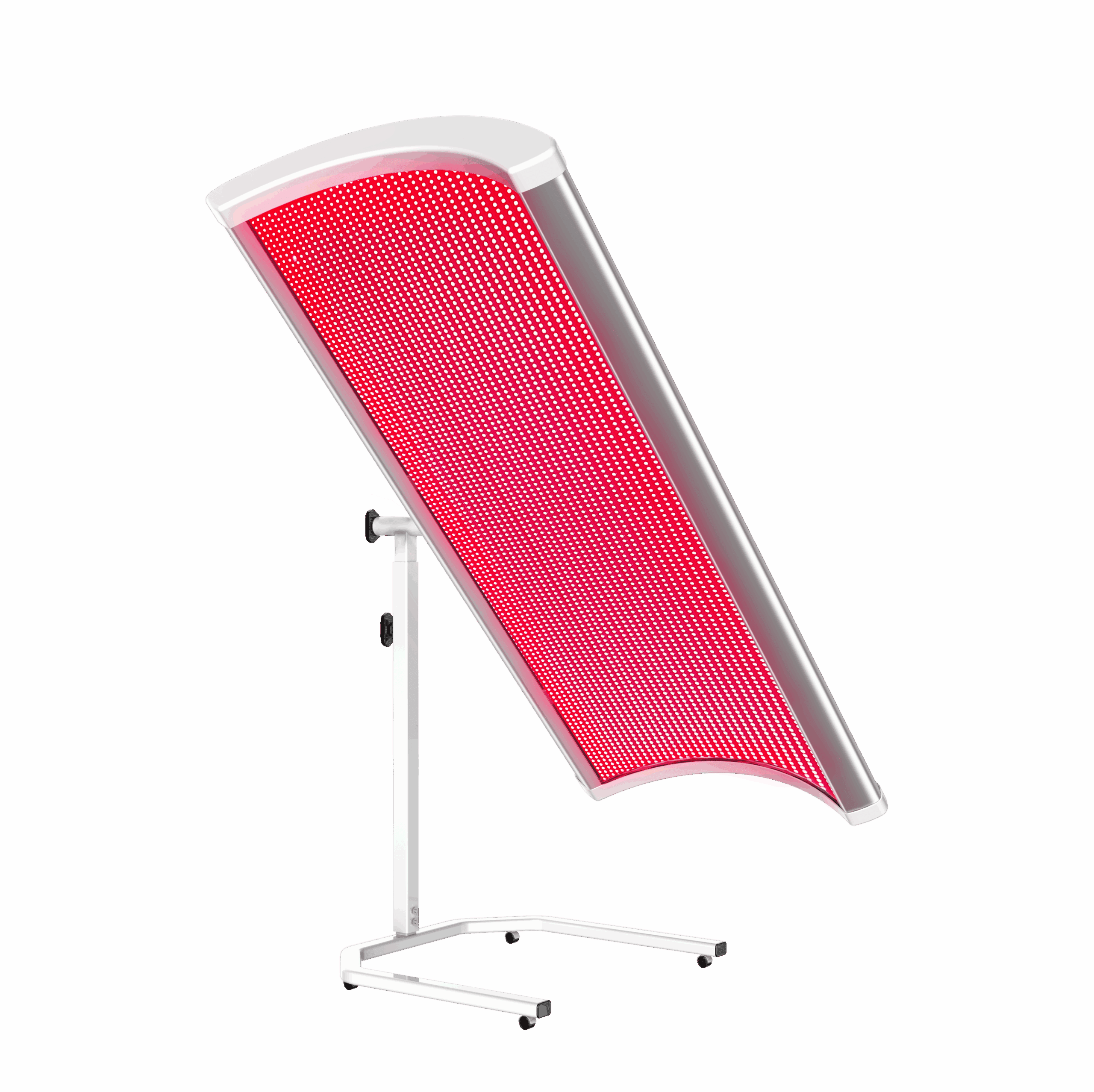
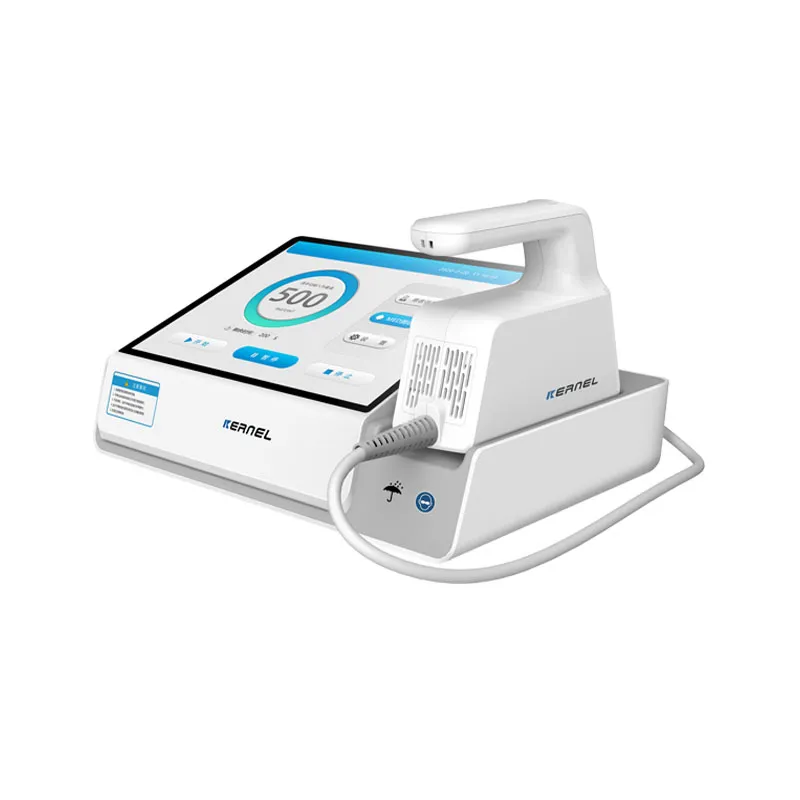
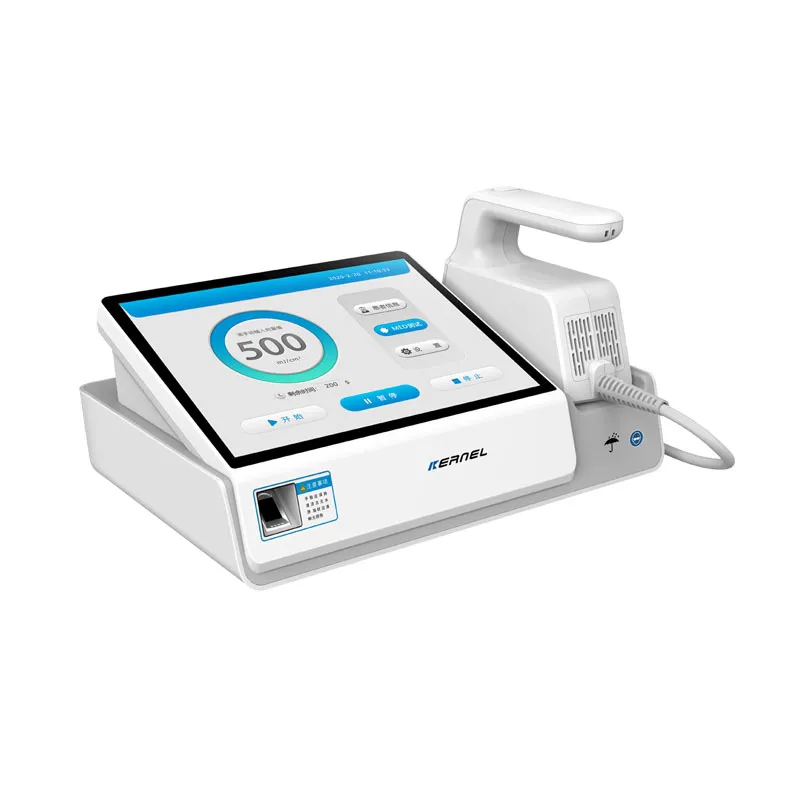







 Understanding Vitiligo Symptoms: More Than Just Skin Deep
Understanding Vitiligo Symptoms: More Than Just Skin Deep
